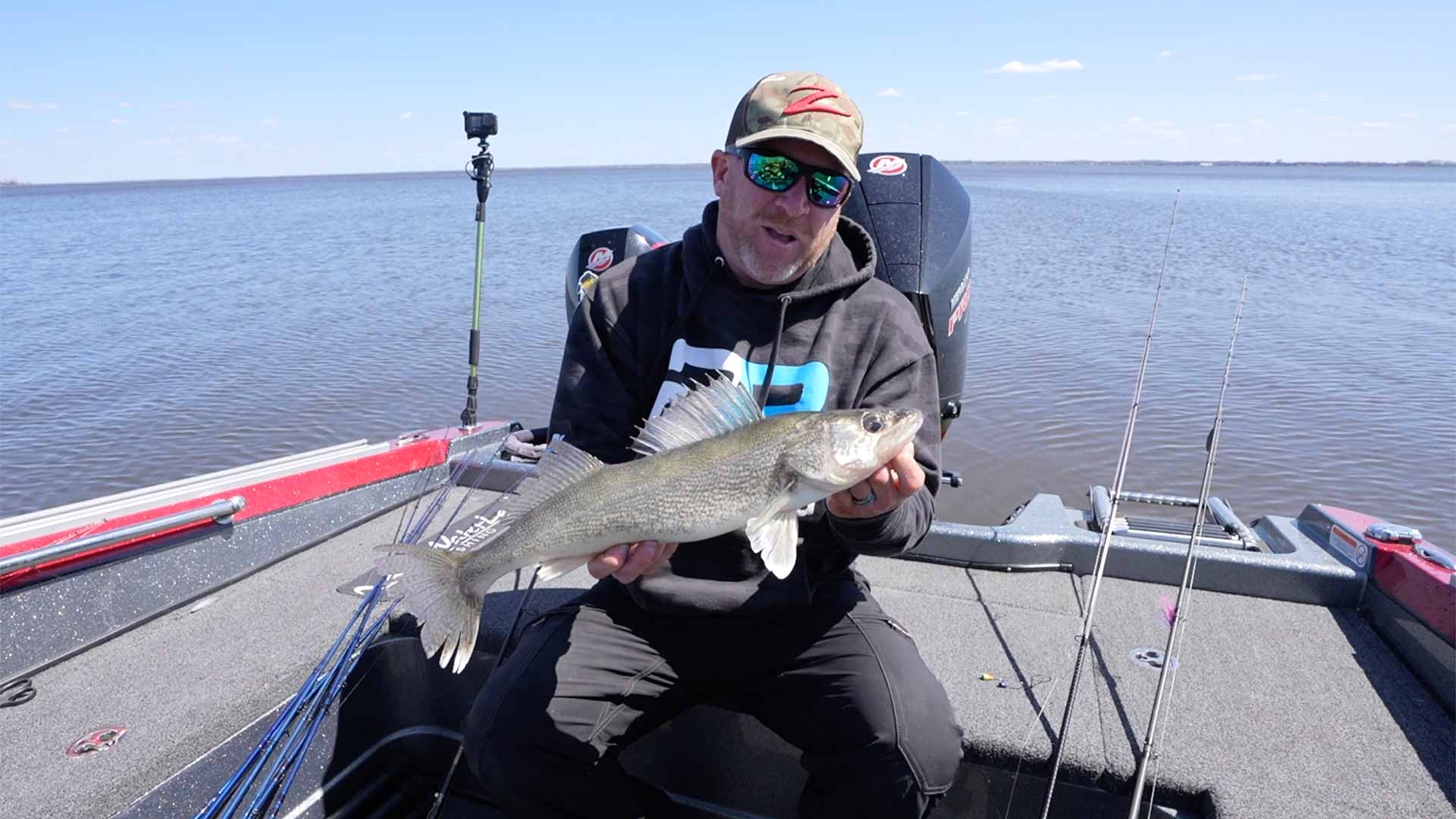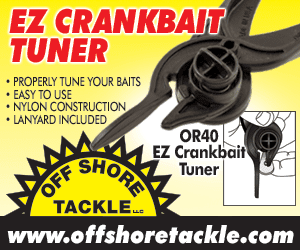Jeremy Smith offers up a few tips on where and how to fish spinners for a variety of different species from largemouth bass to muskies.
Where and How to Fish Spinners
Spinners are a family of baits that include spinnerbaits, inline spinners, beetle spins, and more. This style/family of baits is a great option for all types of fish including muskies, bass, northern pike, and panfish.
There is a lot more to fishing a spinner than just casting it out and reeling it in. Water temperature, water color, size of bait, depth of water and more all play a factor in how to fish spinners.
As a general rule of thumb, the shallower the water the lighter the spinner, the deeper the water the heavier the spinner. This can be applied to all types of spinners.
Water temperature plays a big factor when fishing spinners, because it has a direct correlation with the speed in which you retrieve your spinner.
During the spring, when the water is cold you will want to slowly bring in your spinner, reeling it in just fast enough to move the blades.
As the water begins to warm up during the summer months, that’s when you will want to really burn your baits back to the boat and work it quickly in order to trigger strikes.
Changing your retrieve angle can be important when triggering fish to bite as well. Adding a little pull or a hesitation every so often in your retrieve can also be very beneficial.
Those small changes in your retriever often make a big difference when fishing spinners.
Spinners are a versatile and effective tool for catching a variety of fish species. However, there is more to fishing a spinner than simply casting it out and reeling it in. Factors such as water temperature, color, and depth play a crucial role in determining how to fish with a spinner. In this article, we will explore the different considerations and techniques for fishing with spinners.
Choosing the Right Spinner
When selecting a spinner, it is important to consider the depth of the water you will be fishing in. As a general rule, use lighter spinners for shallow water and heavier spinners for deeper water. The weight of the spinner will help it sink to the desired depth and attract fish.
Additionally, water temperature can influence the effectiveness of a spinner. In colder water, such as in the spring when the water temperature is in the high 40s to low 50s, a slow and steady retrieve with occasional pauses or pulls can entice strikes from largemouth bass in shallow b ays. The subtle movements of the bait during these pauses can mimic injured prey and trigger a strike from nearby fish.
On the other hand, as the water temperature warms up in the summer, a faster retrieve speed can be more effective. Instead of reeling in the spinner slowly, you can add more action to the bait by jamming on the rod and creating a more erratic movement. This increased speed and action can attract the attention of fish like pike and muskies, who are more active during this time of year.
Adding Action to Your Spinner
When fishing with spinners, it’s important to remember that it’s not just a simple cast and retrieve technique. Adding action to your spinner can significantly increase your chances of getting strikes. One technique is to use your rod to change the angle of the bait as you retrieve it. This can create a more lifelike presentation and make the spinner appear more enticing to fish.
Another technique is to make figure-eight movements with your rod at the side of the boat. This can create a zigzag pattern in the water, which can be irresistible to fish like pike and muskies. By varying the speed and direction of your retrieve, you can experiment with different actions to see what works best for the fish you are targeting.
The Versatility of Spinners
Spinners are a versatile tool that can be used to catch a wide range of fish species. Whether you’re targeting crappies, bluegills, northern pike, largemouth bass, smallmouth bass, or even giant muskies, spinners can be highly effective. They are especially useful for covering a large amount of water and searching for active fish.
Having a variety of spinners in your tackle box is essential for any angler. Different colors, sizes, and blade configurations can help you match the hatch and entice strikes from fish in different conditions. Experimenting with different spinner combinations can also be a fun and rewarding way to expand your fishing skills and discover what works best in your local waters.
In conclusion, fishing with spinners requires more than just a cast and retrieve approach. Factors such as water temperature, depth, and the action you impart into the bait can greatly affect your success. By choosing the right spinner for the conditions and adding action to your retrieve, you can increase your chances of getting strikes from a variety of fish species.
So, the next time you hit the water, make sure to have some spinners in your tackle box. They are a versatile and effective tool for covering water and enticing fish to bite. Whether you’re targeting crappies, bluegills, pike, bass, or muskies, spinners can provide you with some sweet action and memorable fishing experiences.
Remember, fishing is all about experimentation and learning what works best in different situations. So, get out there, try different spinner combinations, and enjoy the thrill of reeling in some fish!










